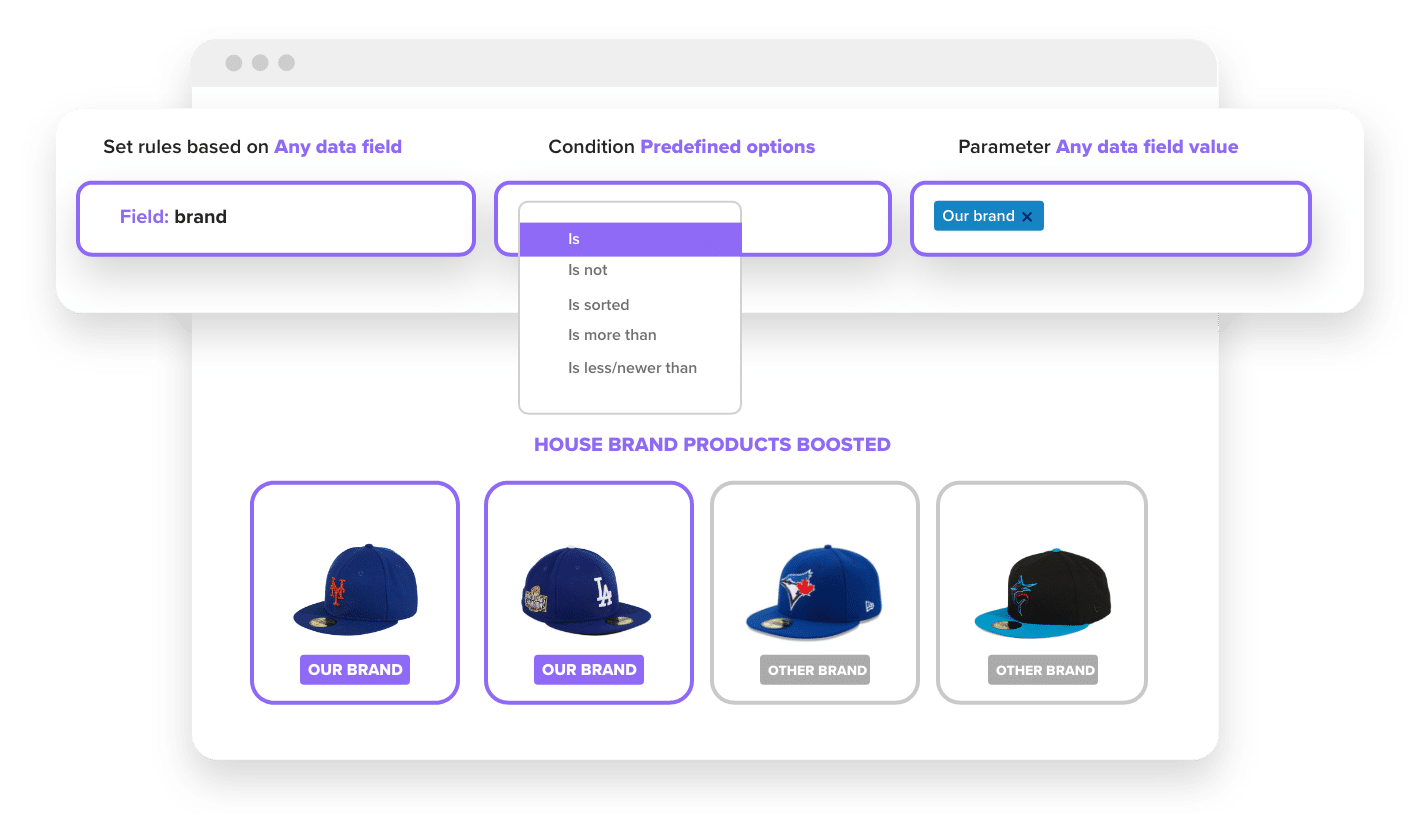Omnichannel merchandising is more than a buzzword. It’s the difference between a brand that thrives and one that is forgotten.
In today’s digital-focused retail environment, it’s incredibly important to connect with customers. An omnichannel merchandising strategy is essential for higher conversion rates and to create loyal customers.
What is Omnichannel Merchandising?
Omnichannel merchandising is when you create a consistent shopping experience across every customer touchpoint. This includes brick-and-mortar, online, and third-party marketplaces. Omnichannel centers around the customer – not the product. An omnichannel merchandising strategy is critical, even for businesses that operate online only.
How to Create a Consistent Omnichannel Merchandising Strategy
Here’s some inspiration for creating a seamless shopping experience across all touchpoints.
Product Placement

No omnichannel strategy is complete without a great visual merchandising experience.
Let’s say you’re a women’s apparel retailer that sells a house brand in addition to clothing and accessories from other vendors. Financially, it makes sense to prioritize sales of the store brand, so you highlight it whenever possible.
On your ecommerce website and mobile app, pin and boost the store brand so it appears above other brands on category pages and in search results. When it comes to third-party marketplaces, get the reseller to feature your brand.
Not only does this approach increase margins, it guarantees that the store brand is the most recognizable line that you carry.
Featured Products
Now let’s imagine you run a housewares store that has its own mobile app. A customer opens the app and sees a collection of Easter-themed decorations, pillows, and tableware featured on the homepage.
Excited to see the seasonal products on the mobile app, the customer comes to the store in-person to browse the new arrivals. As they approach, they see the window displays are decked out with the same Easter products featured on the app. The shopper goes home with what excited them in the first place and additional items they found while browsing the store.
A few days later, the customer regrets not buying an Easter basket they saw in store. They visit your website to look for it and, just like the app and window displays, the website homepage features the same items. This provides a sense of familiarity and instills confidence in the customer that they will be able to find the Easter basket without issue. They easily find the basket since it’s part of the featured Easter collection. As a result, you have effectively created a loyal customer who has bought from several touchpoints in a short time.
Consider what would have happened if the same shopper spotted Easter products in store but later found the website still highlighting Christmas decor. With omnichannel retail, every customer touchpoint provides a recognizable experience.




